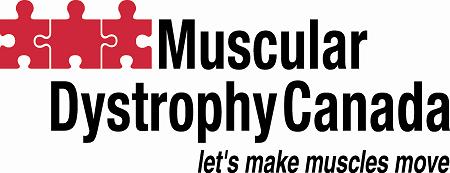MDCHILD™ Project
Muscular Dystrophy Child Health Index of Life with Disabilities (MDCHILD™) Project
Summary
Of all neuromuscular disorders, DMD is the most common and severe, affecting between 1 in 3,500 – 6,000 male births. It is a progressive disease that starts with mild muscle weakness, but rapidly leads to total loss of mobility, respiratory and cardiac complications, and ultimately a premature death. There is currently no cure for DMD and, therefore, children undergo a multitude of intensive interventions aimed at improving their health, prolonging their life, and increasing their quality of life. These interventions span many areas of management, including orthoses (braces) and splints, corticosteroids, wheel/powerchairs for mobility, cardiac medications, orthopaedic surgery for joint contractures and spinal deformity, medications and therapy for bone health and psychosocial issues, pulmonary interventions including nocturnal and daytime ventilation, and gastrointestinal interventions to address swallowing difficulties and nutrition. These interventions are resource intensive and a financial burden for the children, their families, and society as a whole.
There are currently several HRQL measures that have been developed and/or validated for children with DMD; however, each has certain shortcomings. The purpose of this national multi-center project is to develop and validate a comprehensive outcome measure of patient priorities and goals for children with Duchenne muscular dystrophy (DMD), which examines the full breadth of areas that are important to their life. The outcome measure developed in this proposed study will enable more meaningful measurement of treatment effectiveness in clinical trials and cohort studies for this population. Learn more about MDCHILD™.
Interested in Participating?
Recruitment is ongoing.
- Who can participate? Children with ambulatory and non-ambulatory DMD between 5 and 18 years of age and their parents or primary caregivers.
- What is involved? Some children, their parents and various health care professionals with expertise in DMD may be asked to participate in interviews regarding the questionnaire and the items in it. Others will be asked to complete questionnaires.
If you are interested in participating or have additional questions, please contact us. Contacting us does not obligate you or your child to participate in the study.
Acknowledgements
This work has been supported by research funding from:



